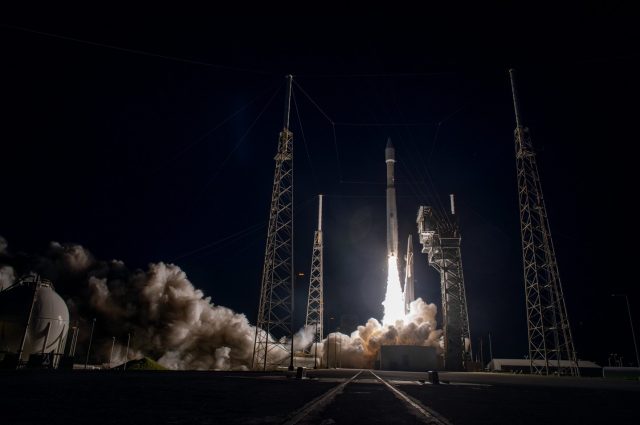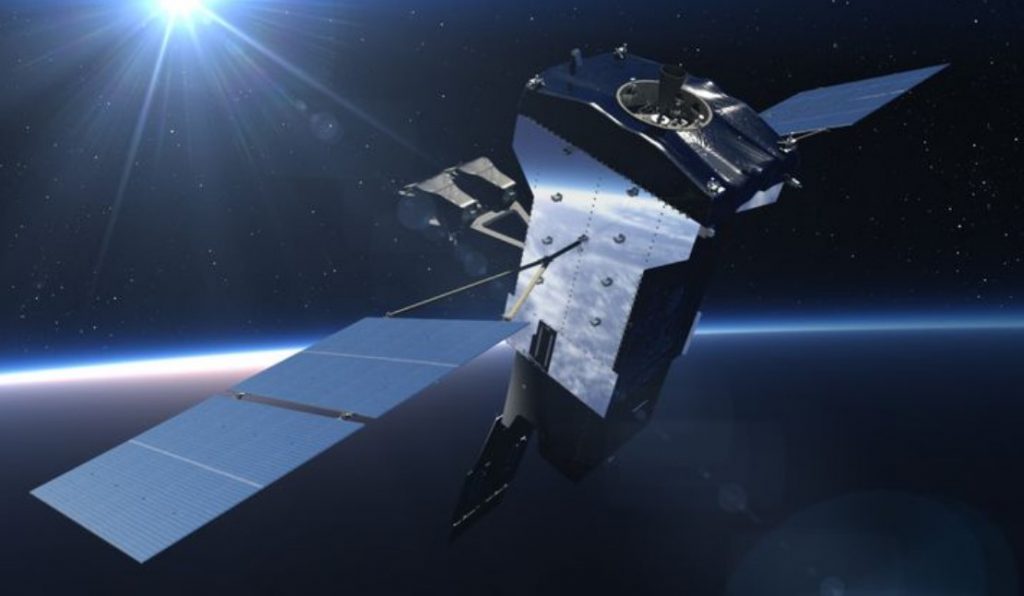
The US Space Force is now communicating with the sixth Space Based Infrared System Geosynchronous Earth Orbit (SBIRS GEO) satellite, following its launch from Cape Canaveral Space Force Station in Florida on Thursday.
The final satellite in the SBIRS program series, GEO-6 joins the US Space Force’s constellation of missile warning satellites equipped with powerful scanning and staring infrared surveillance sensors.
Developed by Lockheed Martin and featuring mission payloads from Northrop Grumman, GEO-6 launched into orbit on a United Launch Alliance (ULA) Atlas V rocket.
The GEO-6 satellite is a stepping stone toward the resilient missile warning to be provided by SBIRS’ successor, the Next Generation OPIR GEO System (NGG).
“The need for Overhead Persistent Infrared systems has never been more critical,” said Michael Corriea, vice president of Lockheed Martin Space’s Overhead Persistent Infrared (OPIR) mission area. “At Lockheed Martin, we are making advancements to keep pace with evolving needs based on emerging threats in our military customers’ environment, helping pave the way for the future.”
The SBIRS GEO-6 satellite is responding to the US Space Force’s commands as planned, the company said in a statement, adding that signal acquisition was confirmed 3 hours and 43 minutes after the satellite’s 6:29 a.m. EDT lift off. The satellite is now orbiting under its own propulsion following separation from the rocket.

The onboard sensors collect data that allow the US military to detect missile launches, support ballistic missile defense, expand technical intelligence gathering and bolstering situational awareness on the battlefield.
“SBIRS GEO-6 fortifies the current missile warning architecture, and it also signifies that we are on our way to achieving even greater technological capacity and expanded coverage with NGG,” Corriea said.


























